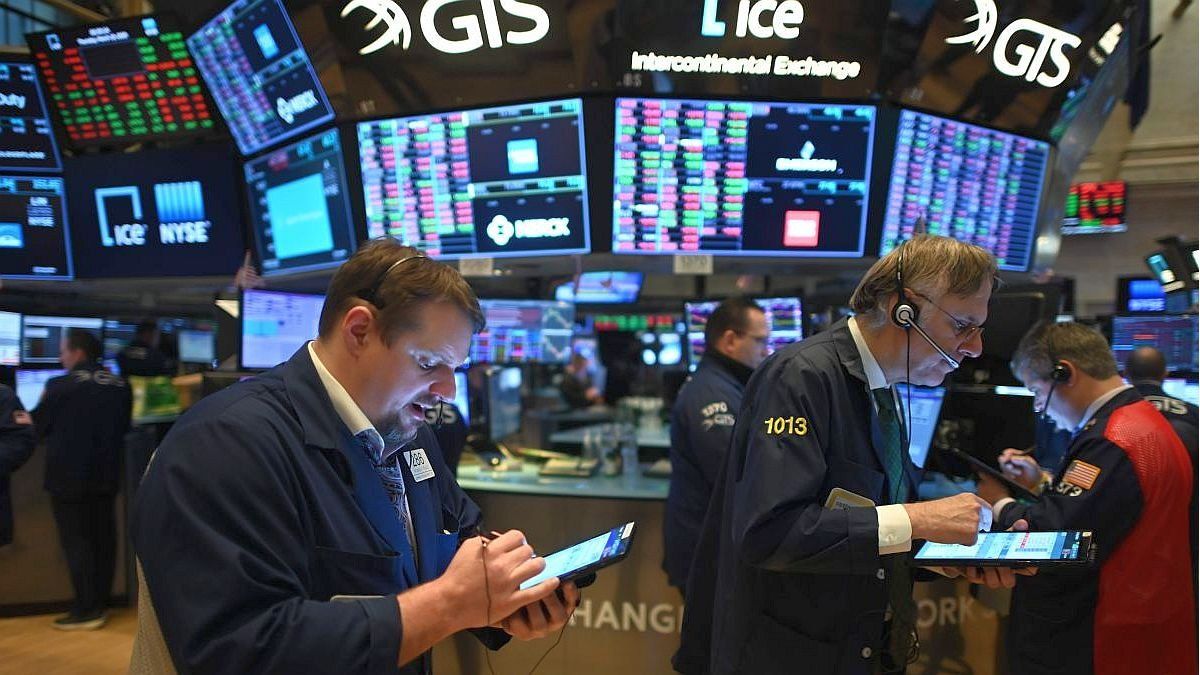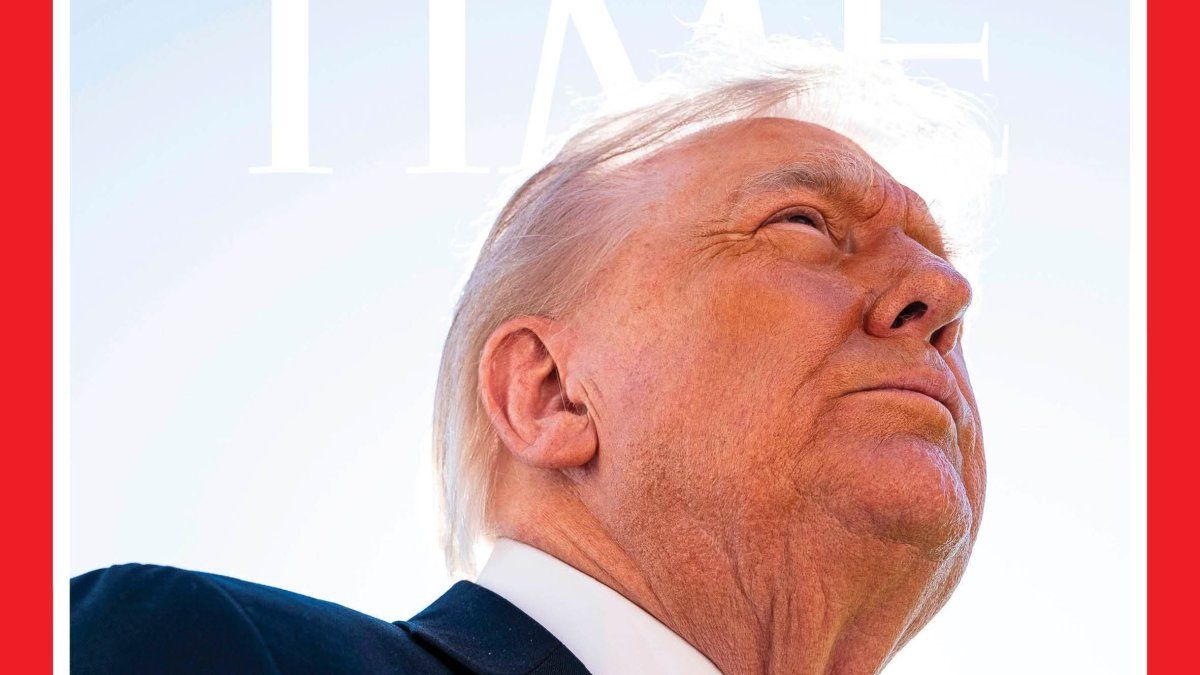This Wednesday, Wall Street closed with a sharp drop after the announcement by the United States Federal Reserve (FED) of its decision to increase interest rate of reference in 25 basic points and after the declarations of Jerome Powell, president of the organization.
And it is that the main indices of the The New York Stock Exchange reacted negatively to suggestions by Powell that he was will pause further hikes in view of the recent turmoil in the financial sector.
“The market was buoyed when it learned that the Federal Reserve had considered going on a complete pause and then disappointed when Powell clarified that their hands were not tied and that they could continue raising rates if they needed it,” said Chris Zaccarelli, chief investment officer at the Independent Advisor Alliance.
And it is that the international banking crisis, which is closely linked to the rate policy of the organization, is due to the fact that the affected banks had acquired long-term bonds and began to have problems with their yields, which led them to have a mismatch of rates and term. In this context, the expectation was set on whether the Fed would maintain the aggressive monetary policy that it had been implementing or would moderate it. And finally, this Wednesday, the decision was made known: the rate went up.
Find out more.- Dollar today and dollar blue today LIVE: how much they operate this Wednesday, March 22
After this news, according to preliminary data, the S&P 500 lost 66.35 points, or 1.66%, and fell to 3,936.52 units, while the Nasdaq Composite fell 190.93 points, or 1.61%, to 11,669.18 and the dow jones industrial index it fell 535.92 points, 1.65%, to 32,024.68 units.
Powell disappointed the market
Earnings fell during Chairman Jerome Powell’s press conference, in which he vowed to use all available tools to keep the banking system strong, but reiterated the central bank’s commitment to contain inflation. Concerns persist that the Fed’s aggressive battle against inflation could push the economy into recession, and recent turmoil in the banking sector, sparked by the failures of Silicon Valley Bank and Signature Bank, have exacerbated fears.
As explained by Powell, the decision was due to the fact that the leading body assessed that what happened with the banks is not due to a general problem, but is related to a failure in the management of the Silicon Valley bank (SVB), which unleashed the banking crisis.
The problem was that the fall of that entity generated fear of a contagion effect that affected other entities and, in the midst of this situation, the Credit Suisse bank, which had been badly affected, was affected.
Learn more – Follow the price of the blue, official, CCL and MEP dollar in Argentina
The Fed faced a crossroads: if it raised the interest rate by a large amount, ran the risk of severely affecting the level of activity, asset prices and disable incentives for investment, which could lead to the start of a recessive cycle.
But, on the other hand, if he chose a path of adjustment of a slower pace and size, he faced the danger of having to live with a rate of inflation for a long time.which in the long term will also affect the level of activity, the price of assets, the value of the dollar, and may also end in a recession.
The Fed announced its decision
Finally, it was confirmed what the Most analysts expected and the institution continued raising its official interest rates by 0.25 percentage pointsto just below 5%, as it did at the last meeting.
As Lucas Silverii, Quinto Inversiones Strategy Leader, maintains, this “was one of the most difficult monetary policy decisions in recent timesdue to the banking crisis that unleashed the fall of Silicon Valley Bank in the first days of March and the persistent inflation that Americans face, the Federal Reserve in the USA”.
Note that this decision is in line with what the market expected, beyond the fact that some participants thought that there would be no movements in the cost of money. And he explains that, “clearly, those responsible for the Fed sought to preserve their credibility as guardians of monetary stability.”
Silverii believes that this may pose a risk in a situation with a lot of stress in the banking worldBut he notes that the Fed seems willing to take that risk, knowing that they must recover from their dovishness in 2021 and 2022, when inflation grew too high for an industrialized country.
“The Chairman of the Fed, Jay Powell, was clear that the tightening (tightening) in credit conditions caused by events in the banking sector made it possible for the rate hike not to be so drastic due to the (negative) impact of this new reality in future economic activity,” concluded Silverii.
Source: Ambito
I am a 24-year-old writer and journalist who has been working in the news industry for the past two years. I write primarily about market news, so if you’re looking for insights into what’s going on in the stock market or economic indicators, you’ve come to the right place. I also dabble in writing articles on lifestyle trends and pop culture news.




